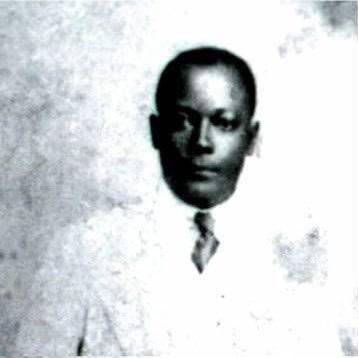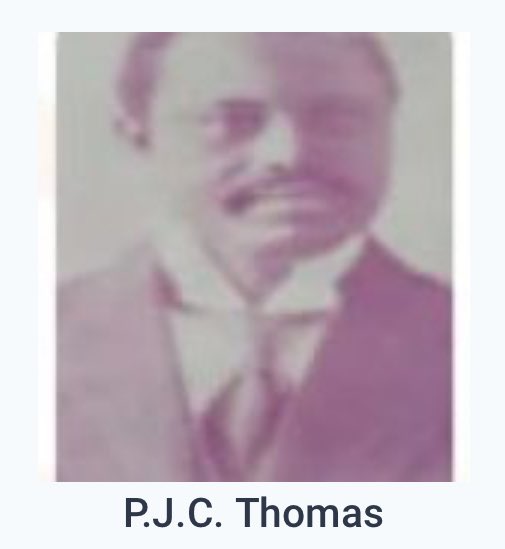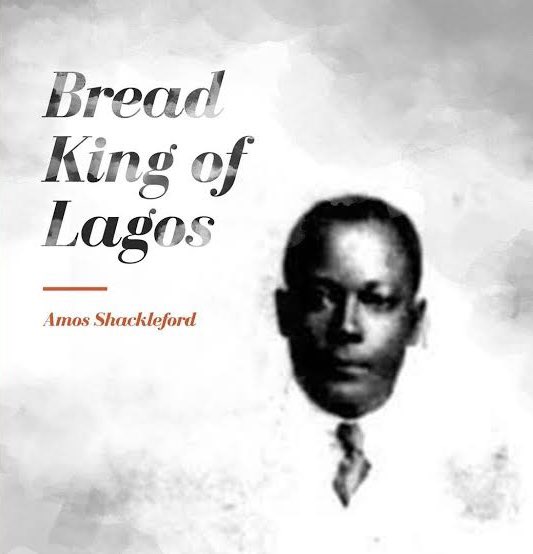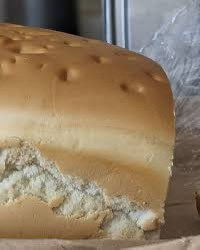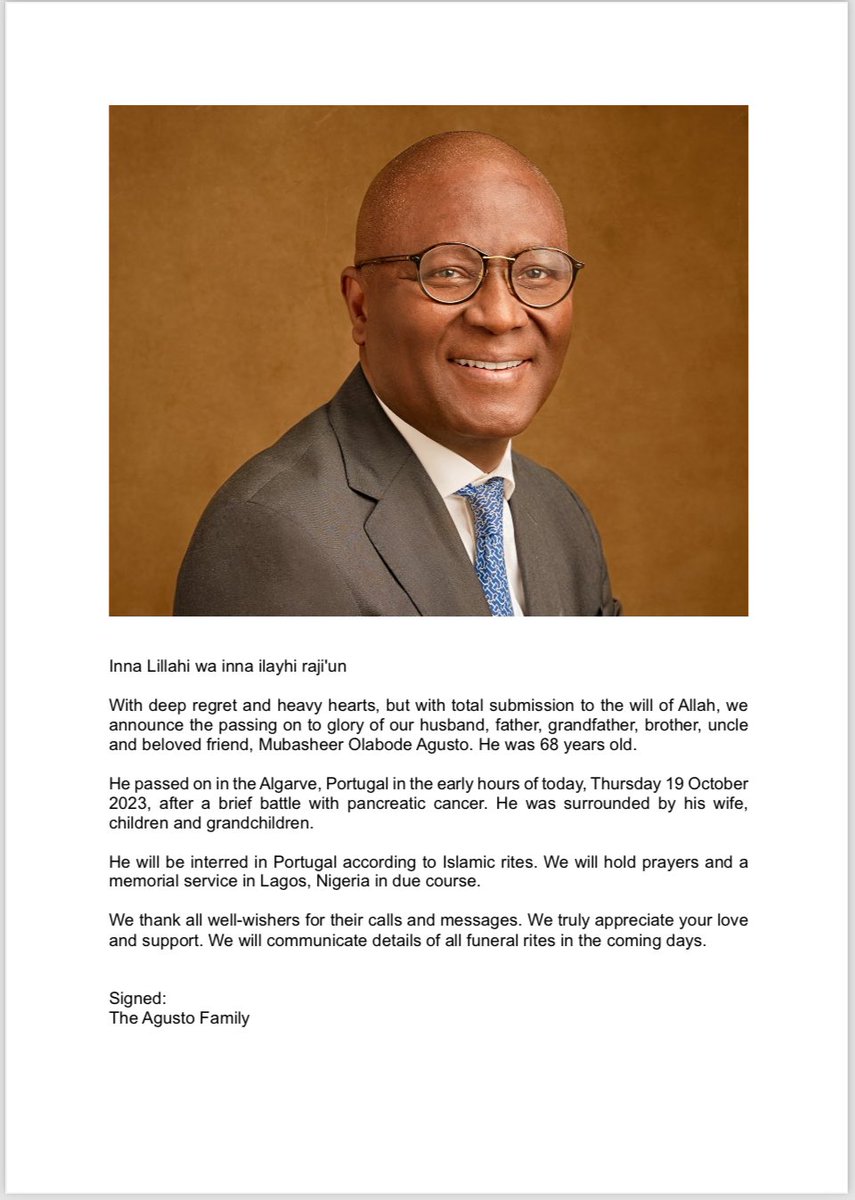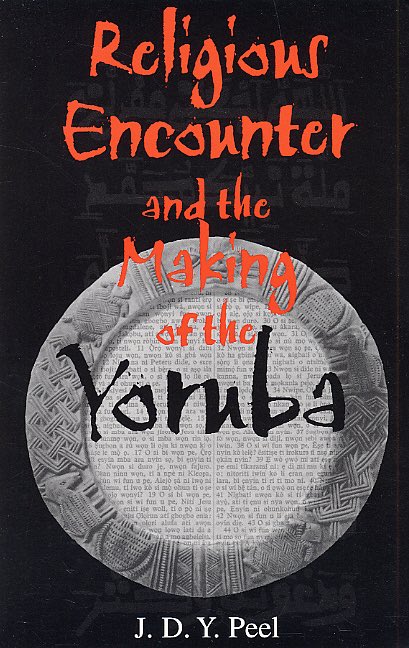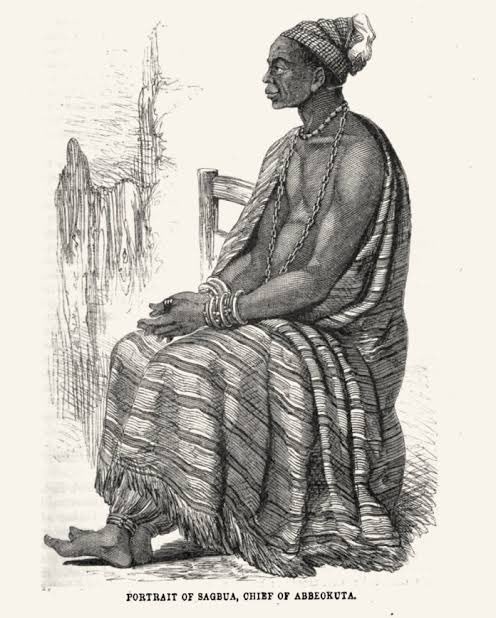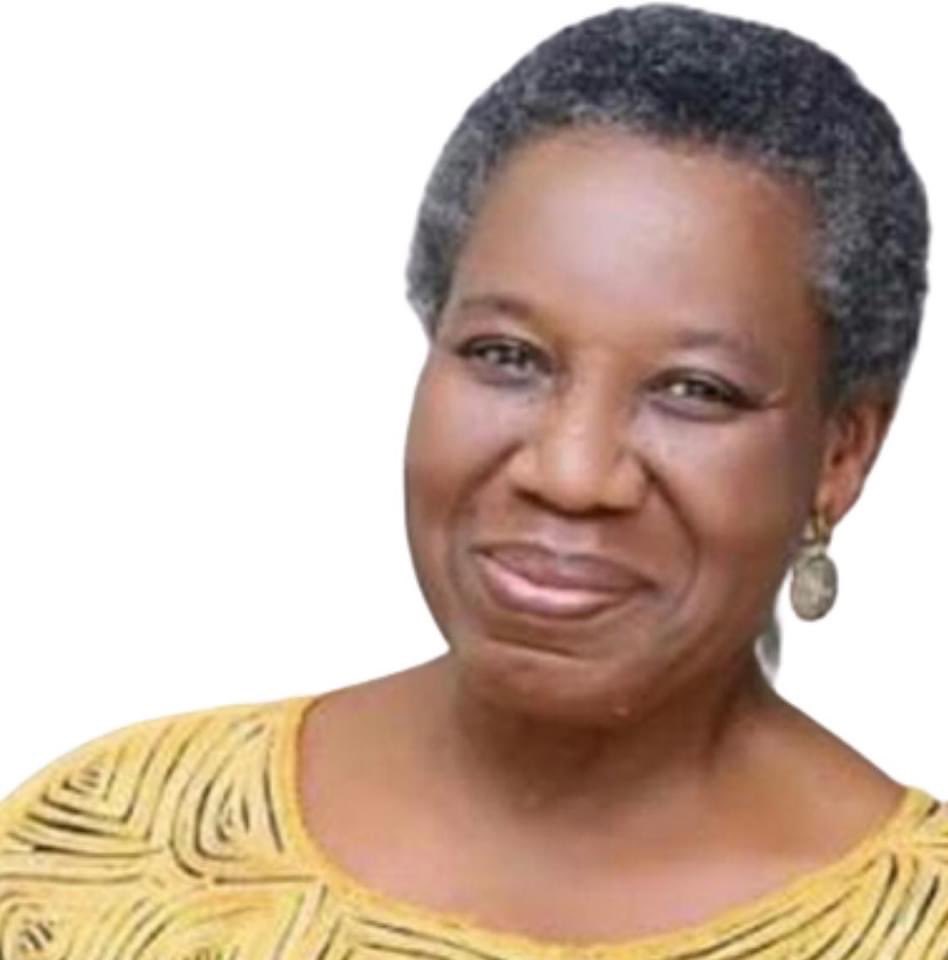Seguindo nossa linha sobre o Orixá Ìbejì, tem havido bastante interesse dos Iorubás do Brasil. Portanto, traduzimos para o português para seu benefício. Agradecemos a Ogunmide Kiniun @Ogunmidekiniun pela ajuda com a tradução.
Orixá Ìbejì
O Culto Yorùbá Ìbejì
E
Eré Ìbejì.
Os iorubás da Nigéria e da República do Benin são conhecidos por terem uma taxa extraordinariamente alta de nascimentos múltiplos.
O Culto Yorùbá Ìbejì
E
Eré Ìbejì.
Os iorubás da Nigéria e da República do Benin são conhecidos por terem uma taxa extraordinariamente alta de nascimentos múltiplos.
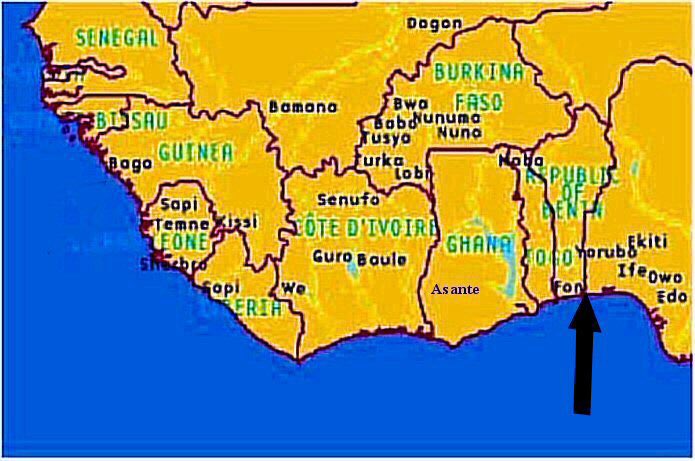
A taxa de nascimentos de gêmeos é uma das mais altas do mundo; 45 em cada 1.000 nascimentos (nos Estados Unidos, é 28,9 de cada 1000).
Havia também uma taxa de mortalidade muito alta; metade dos gêmeos morre logo após o nascimento.

Havia também uma taxa de mortalidade muito alta; metade dos gêmeos morre logo após o nascimento.

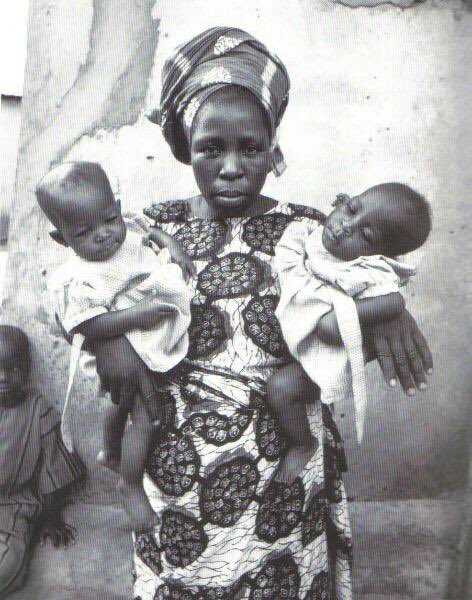
Em tempos muito antigos, acreditava-se que gêmeos recém-nascidos, ou ibeji, como são chamados, eram anomalias monstruosas e o infanticídio era uma prática comum. 

No entanto, essas crenças e práticas foram posteriormente substituídas e revertidas, e em meados do século 18 os gêmeos passaram a ser vistos como uma bênção; eles receberam o status de divindades menores, chamadas orixás, e sua chegada foi vista como... 
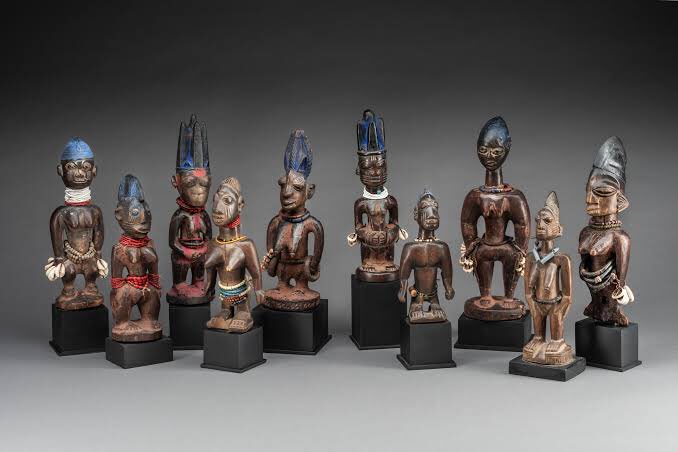
... um presságio de boa sorte para a família.
No século 19, o culto ao Ibeji estava firmemente estabelecido e continua até hoje em muitas famílias.
A morte de um ou de ambos os gêmeos é considerada uma grande calamidade para a família, que requer apaziguamento imediato da...

No século 19, o culto ao Ibeji estava firmemente estabelecido e continua até hoje em muitas famílias.
A morte de um ou de ambos os gêmeos é considerada uma grande calamidade para a família, que requer apaziguamento imediato da...
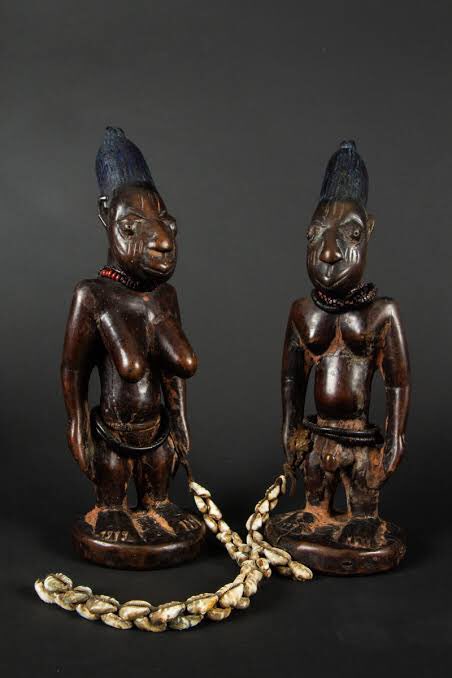
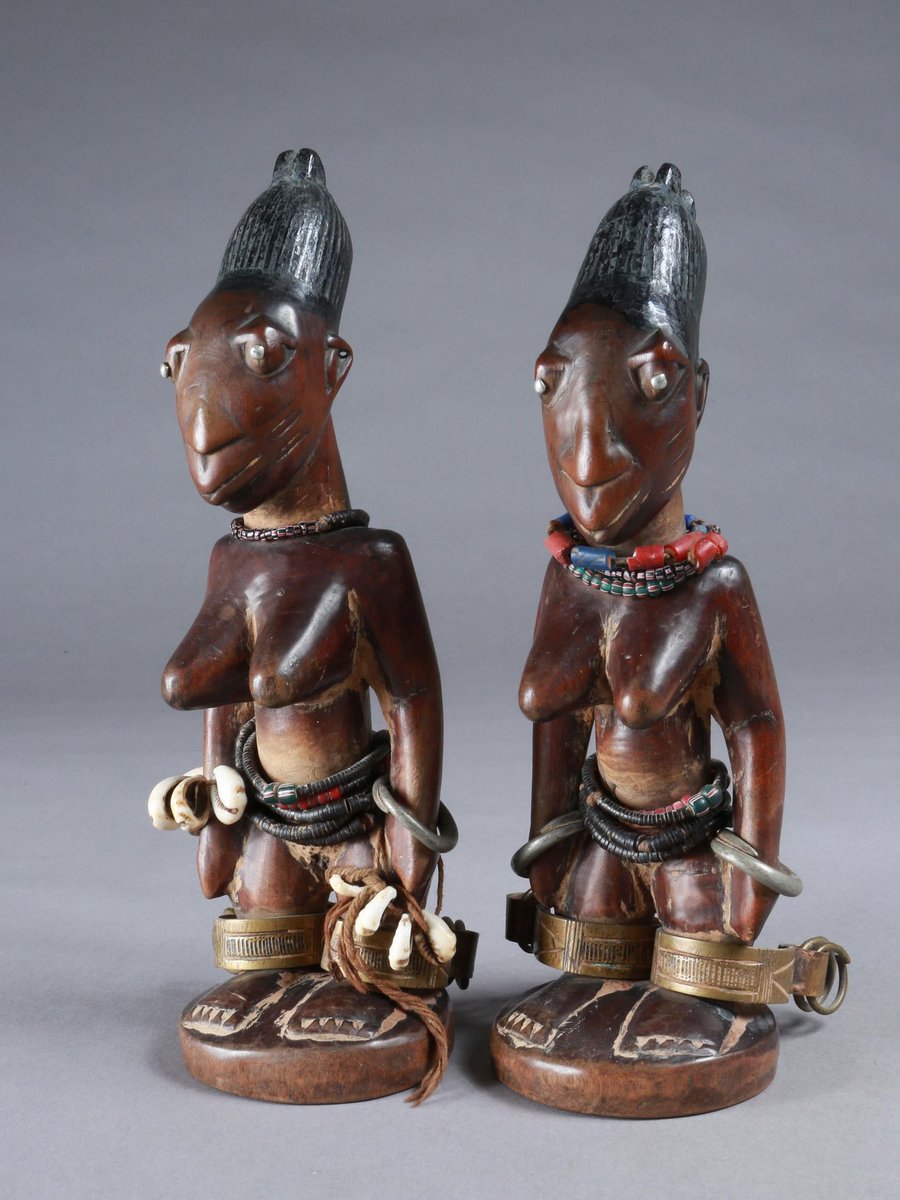
... alma da criança falecida.
O primeiro gêmeo nascido, seja menino ou menina, é sempre chamado de Táíwò, que significa "tendo o primeiro gosto do mundo", enquanto o segundo é chamado de Kẹ́hìndé, que significa "chegar depois do outro".
O primeiro gêmeo nascido, seja menino ou menina, é sempre chamado de Táíwò, que significa "tendo o primeiro gosto do mundo", enquanto o segundo é chamado de Kẹ́hìndé, que significa "chegar depois do outro".

Apesar de ter nascido primeiro, Táíwò é considerado o gêmeo mais novo. Seu Kẹ́hìndé sênior deve enviar seu parceiro para ver como é o mundo exterior. 

Assim que Táíwò der um sinal de choro, Kẹ́hìndé o seguirá. Supõe-se que Kéhìndé seja mais cuidadoso, mais inteligente e reflexivo, enquanto Taiwo é considerado mais curioso e aventureiro, mas também mais indiferente (Olaleye-Oruene, 1983; Stoll & Stoll, 1980). 
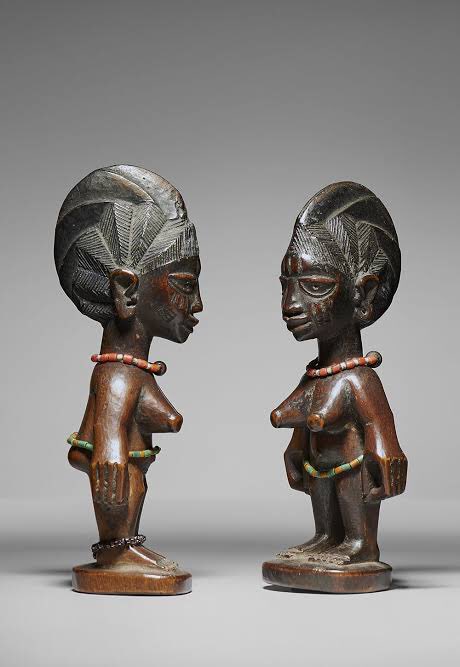
Embora a causa da alta taxa de nascimentos de gêmeos entre as mulheres iorubás não tenha sido estabelecida, o processo cultural de luto está bem documentado e pode ser observado na escultura de uma figura conhecida como Eré Ìbejì. 

O Eré Ìbejì, ambos representam a criança perdida e servem como um ponto ritual de contato com sua alma. A escultura do Eré Ìbejì é encomendada sob a orientação de um adivinho Ifá, um Bàbáláwo, a quem os pais consultam para selecionar o artista específico que fará o trabalho.
A figura gêmea completa é esculpida como um adulto, ao invés de uma criança falecida, em uma forma mitológica que retrata a calma concentrada de um artista ioruba. Terminada a escultura, o artista recebe um banquete e um pagamento conforme determinado pelos Orixás. 



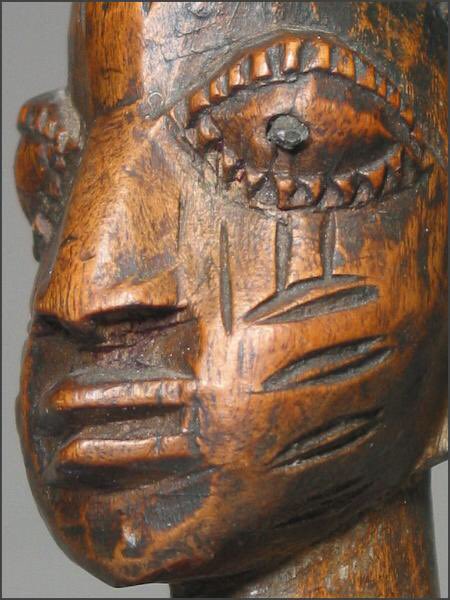

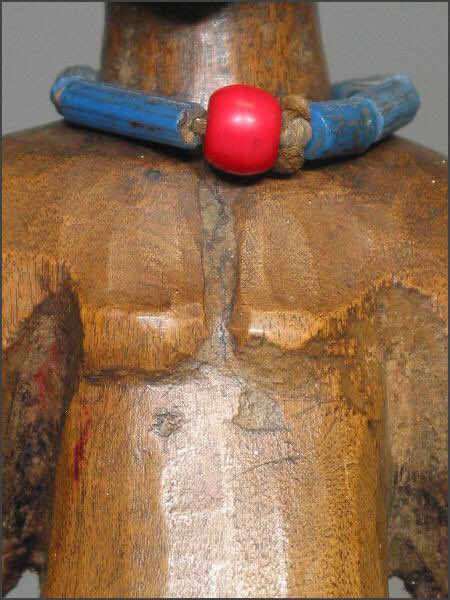

Uma vez que a figura é trazida para a família residente, ela é colocada em um santuário dedicado a Elegba com a esperança de que o Orixá ou alma, que foi dividida em duas partes quando os gêmeos nasceram, agora resida novamente na figura que representa o gêmeo morto 
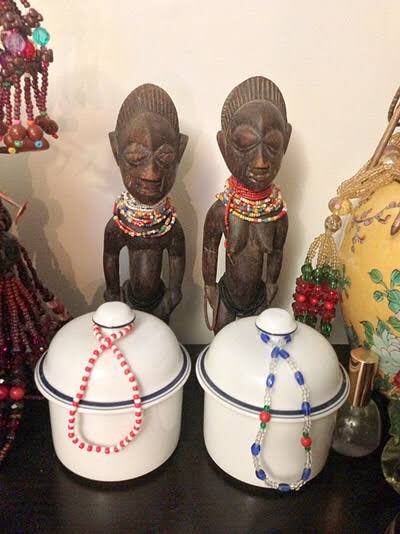
A figura esculpida é tratada e cuidada como se estivesse viva. É esfregado em óleo sacramental, lavado, alimentado, vestido, cantado e orado. É mantido de pé durante o dia e deitado à noite. Freqüentemente, ele estará vestido com as mesmas roupas que o gêmeo vivo. 



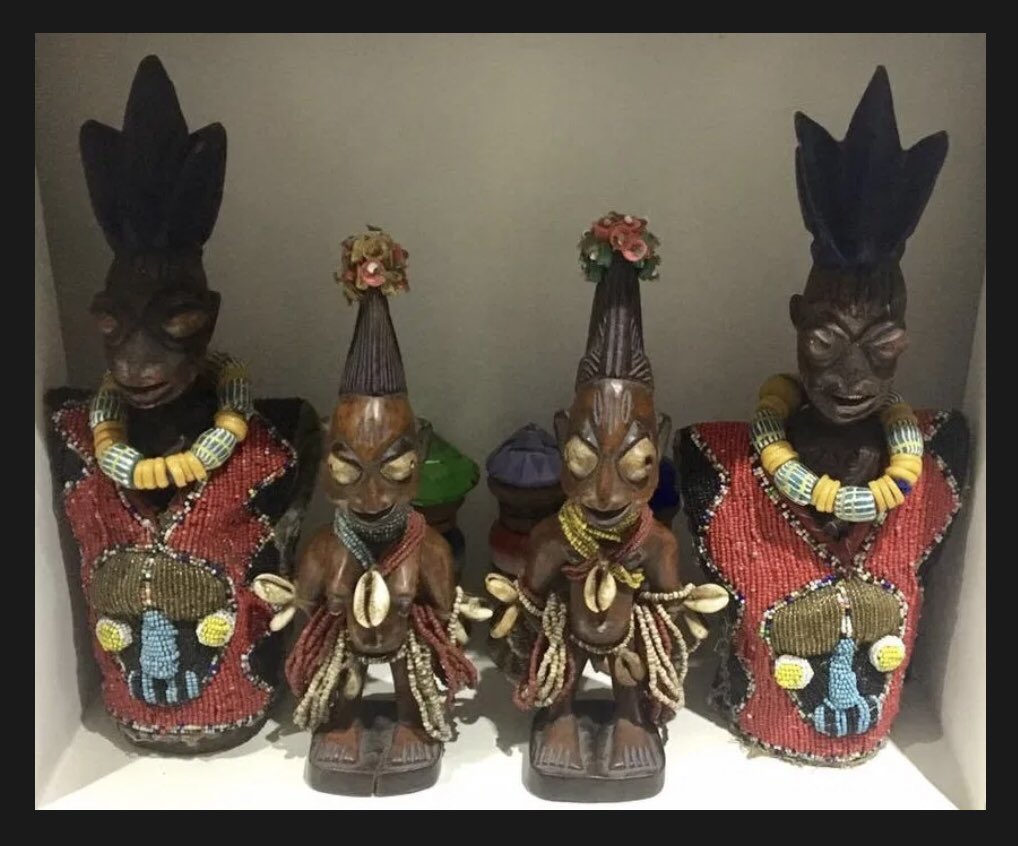

Às vezes é decorado com um colete de contas ou mostrado com sandálias em relevo, indicando possíveis conexões reais. Eles cuidam da figura como se fosse seu filho, alimentam e lavam. O chapéu/cocar será constantemente esfregado com Indigo. 
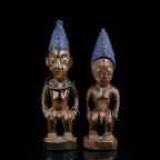
Sim. E seu corpo será esfregado com pó de madeira vermelha, e como um sinal de dignidade (em famílias ricas), alguns Ibedji recebem mantos de pérolas 


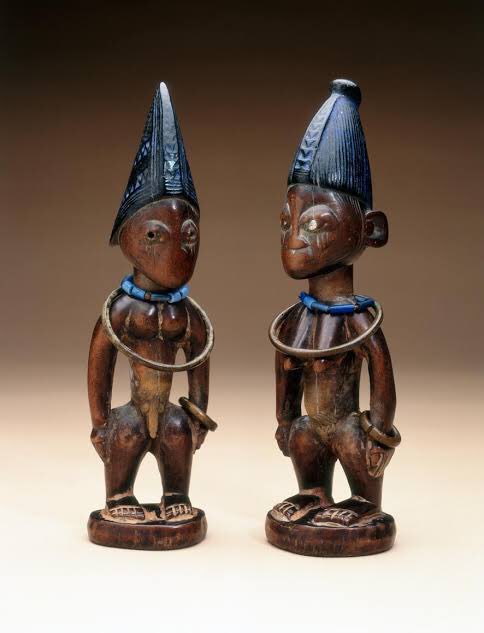
A responsabilidade de cuidar do ibeji é da mãe e dos membros femininos da família das gerações subsequentes. 

Espera-se que a escultura afaste o mal da família, fortaleça as manifestações do amor familiar, olhe para a morte, ilumine o caminho através do vale da imortalidade e traga boa sorte a todos que a tratam com respeito e oferecem-lhe sinais de afeto.
Por outro lado, má sorte e maldições podem ser engendradas se o ibeji for ignorado.
• • •
Missing some Tweet in this thread? You can try to
force a refresh



